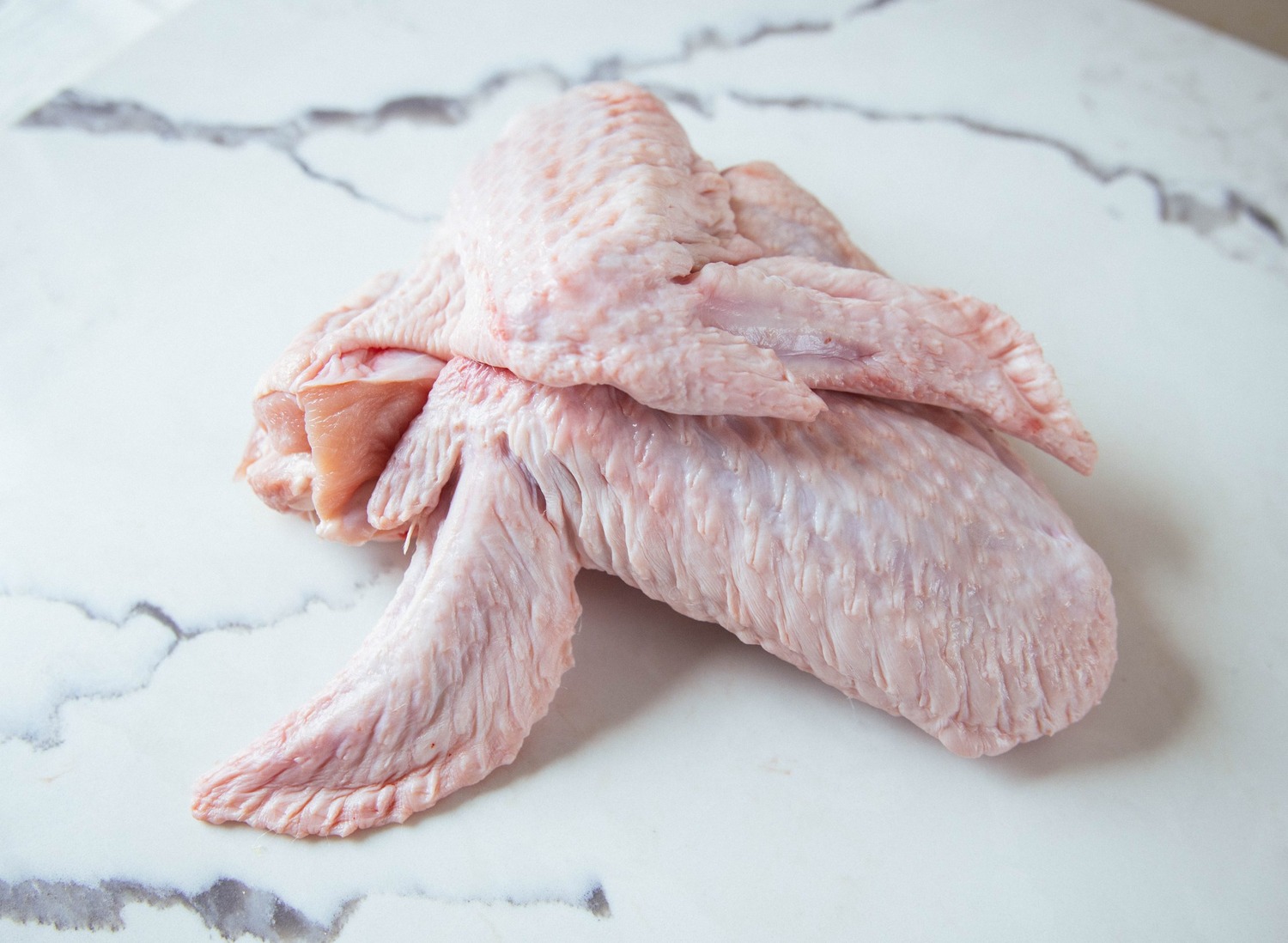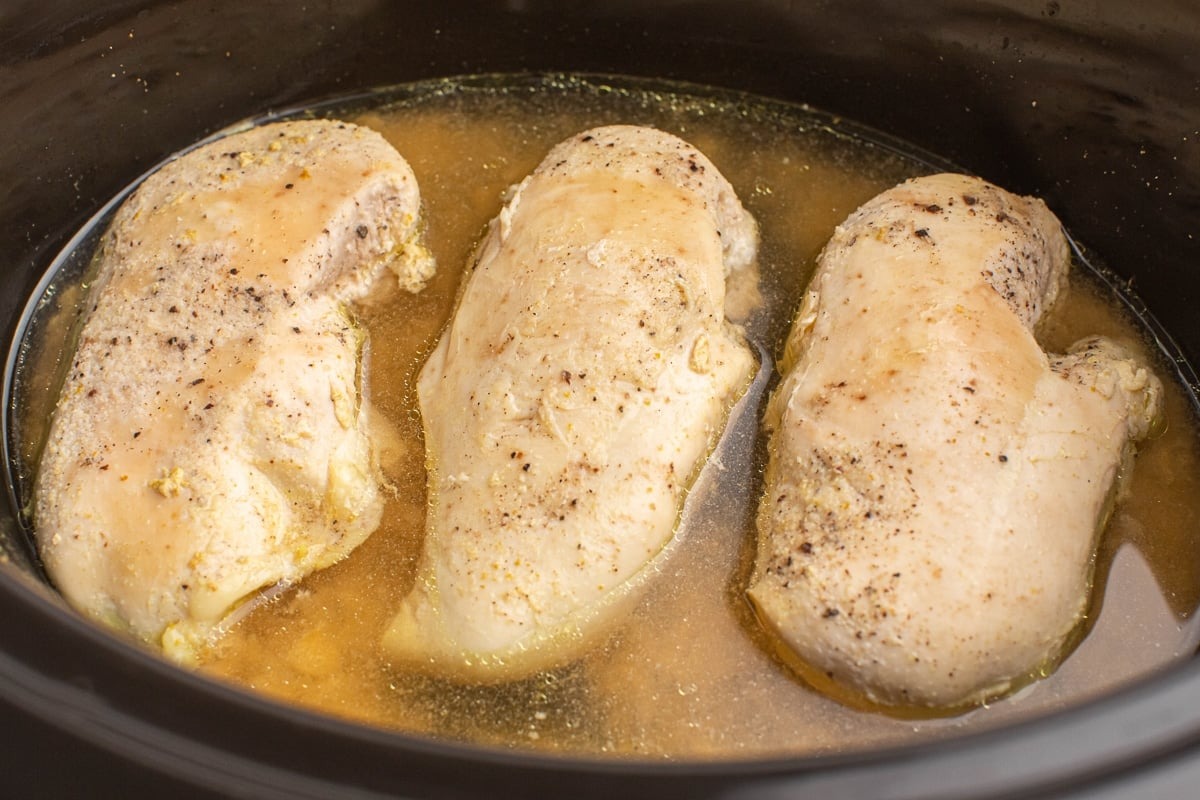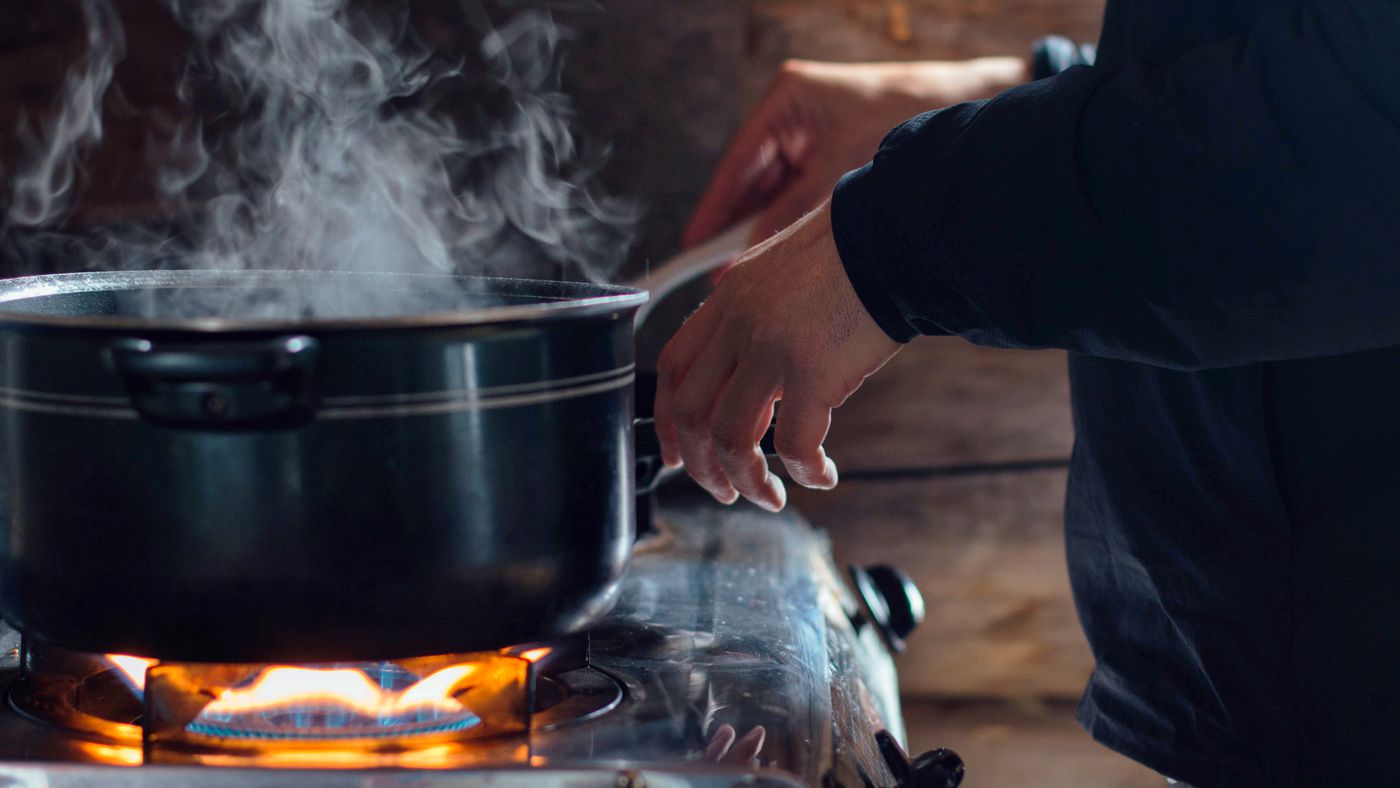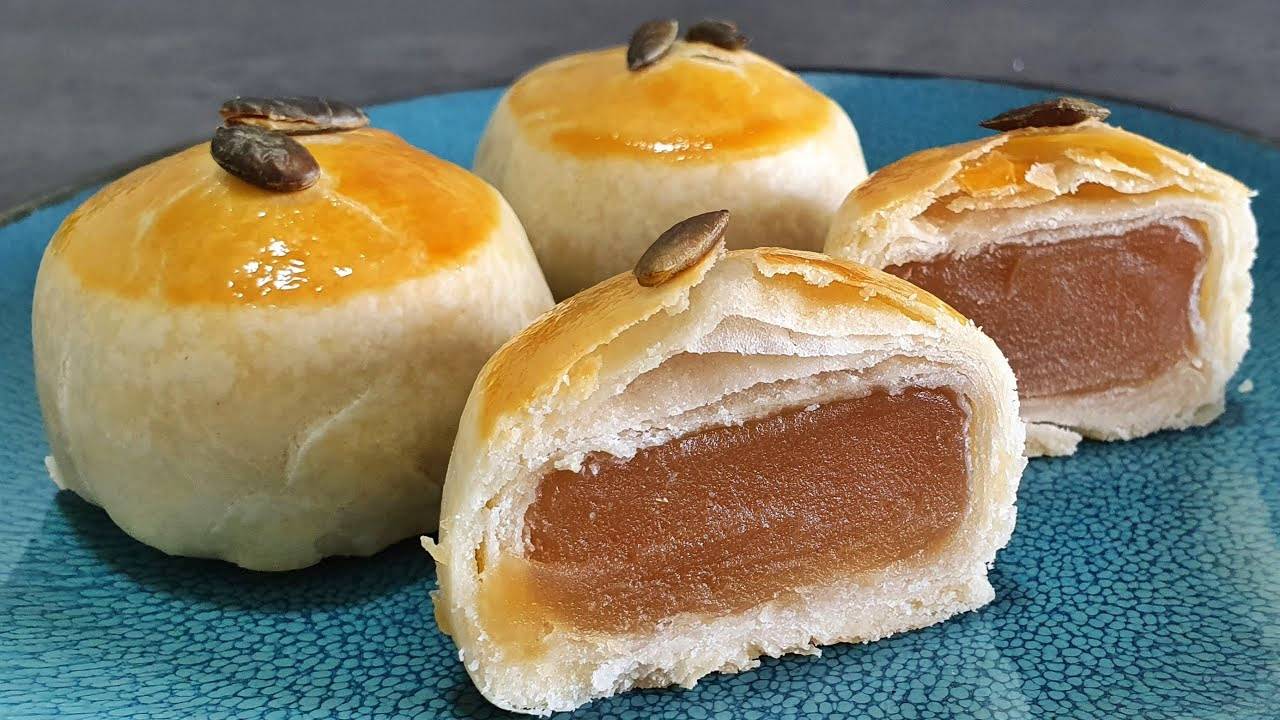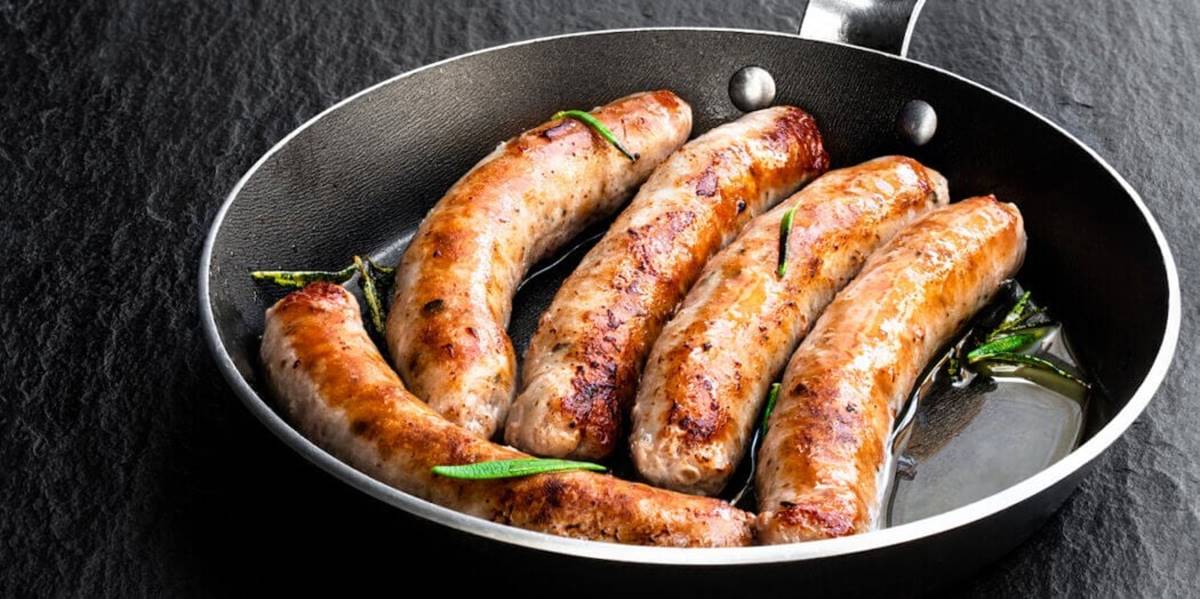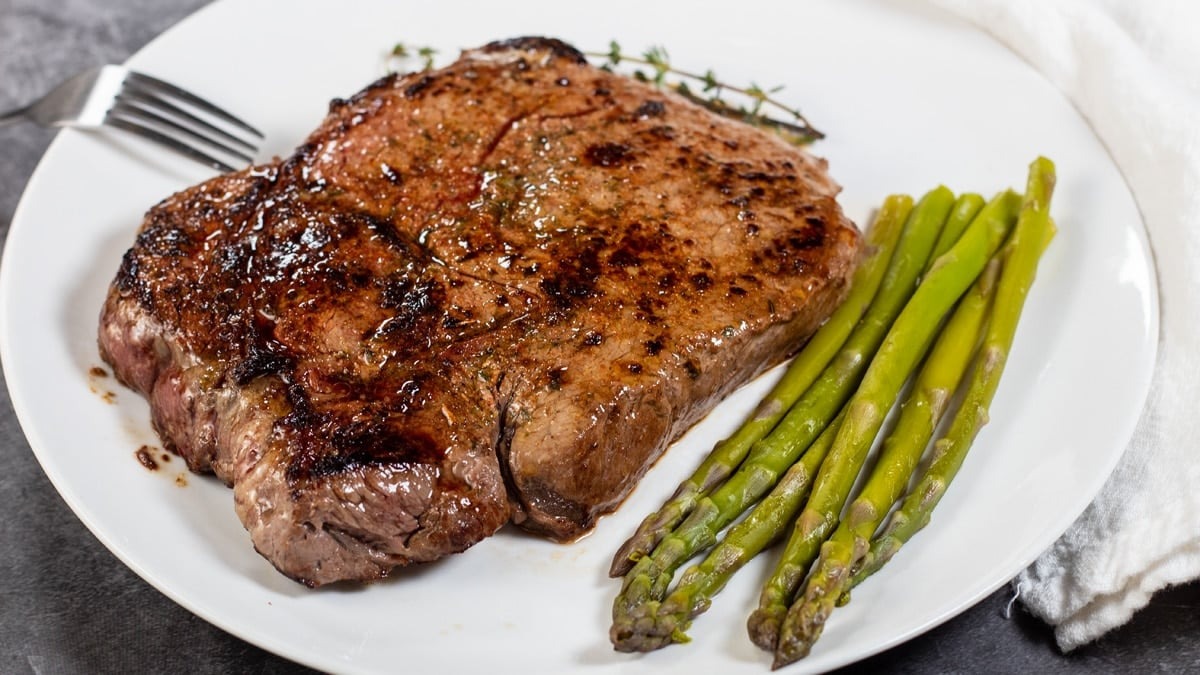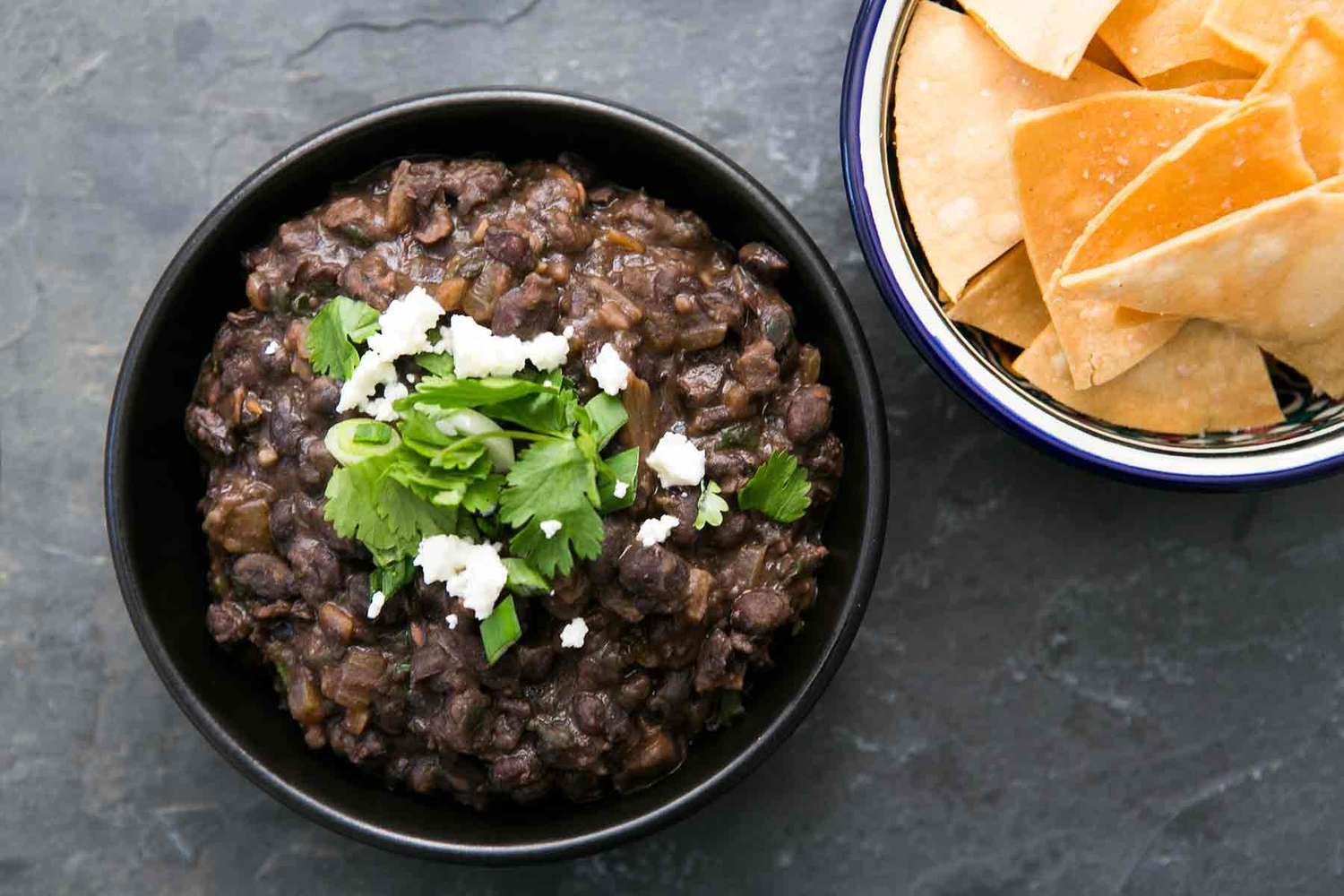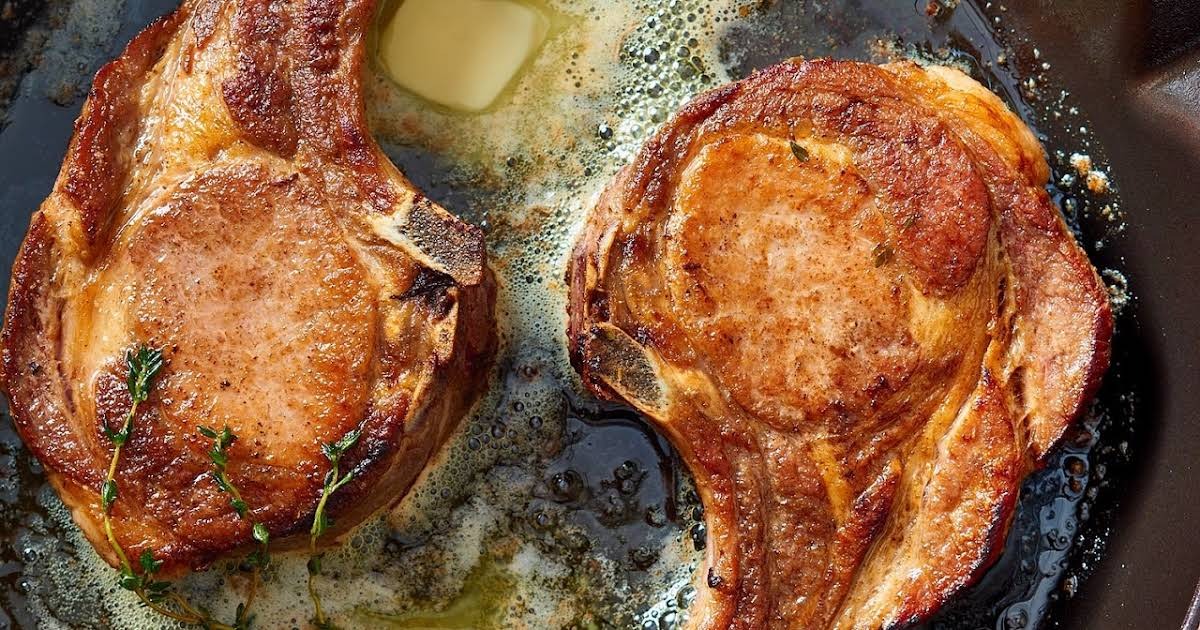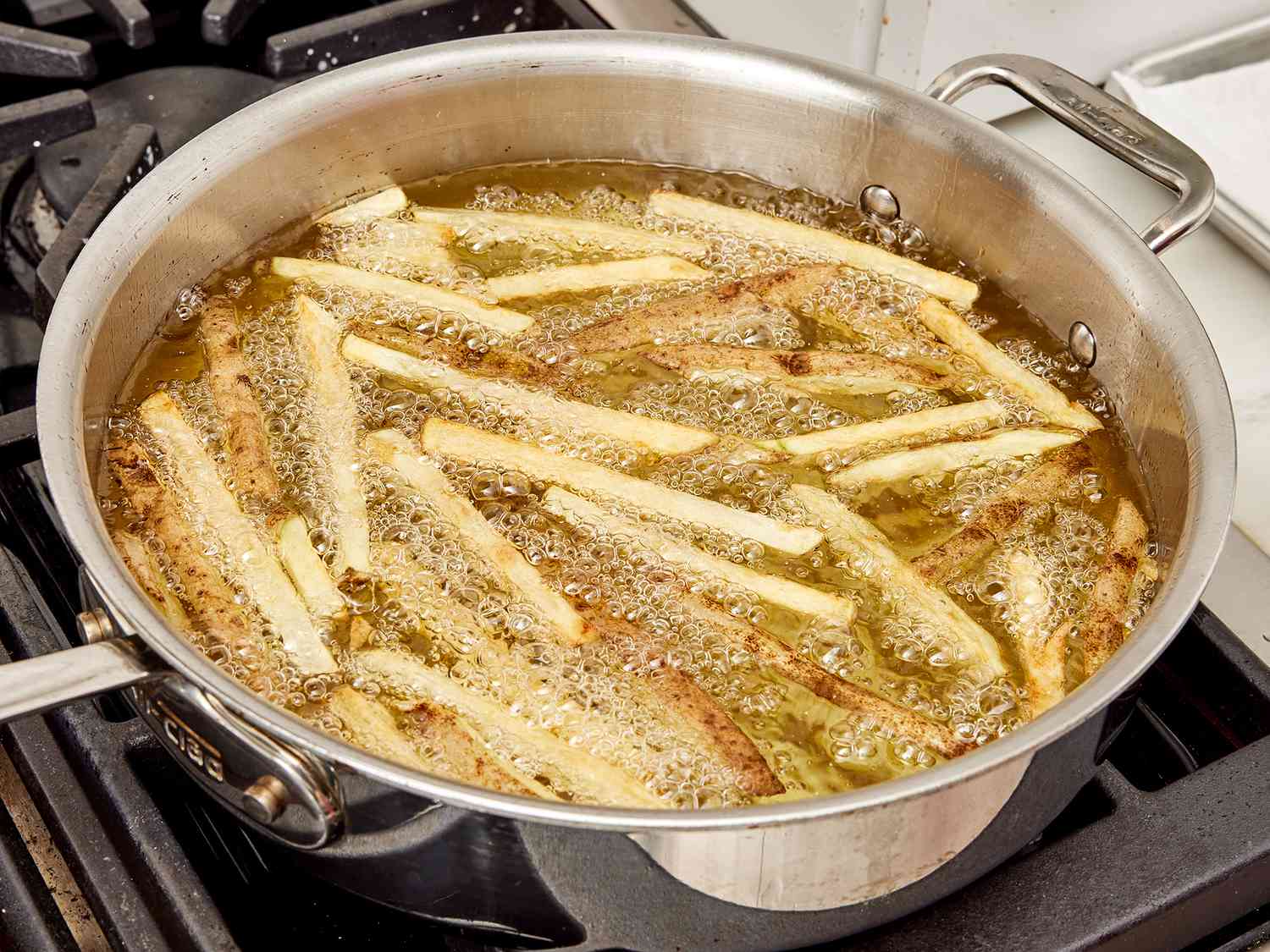How To Boil Pasta: A Step-by-Step Guide
Boiling pasta is a fundamental skill in the kitchen, and getting it just right can make all the difference in your final dish. Whether you’re a beginner or an experienced cook, mastering the art of boiling pasta will ensure that you always have a delicious and perfectly cooked foundation for your favorite recipes. In this post, we’ll take you through the step-by-step process of boiling pasta to perfection.
1. Choose the Right Pasta
Start by selecting the type of pasta that suits your recipe. From spaghetti to penne, there are endless options to choose from. Different pasta shapes require different cooking times, so make sure to read the instructions on the packaging for the recommended cooking time.
2. Prepare Your Pot and Water
Use a large pot that allows plenty of room for the pasta to move around while cooking. Fill the pot with water, ensuring that there is enough to submerge the pasta completely. A general rule of thumb is to use 4-6 quarts of water for every pound of pasta.
3. Add Salt to the Water
Once the water is boiling, add a generous amount of salt. Salting the water is crucial as it enhances the flavor of the pasta. A good guideline is to add 1-2 tablespoons of salt for every 4 quarts of water. Don’t be shy with the salt, as pasta needs enough seasoning from within.
4. Get the Water Boiling
Bring the pot of water to a rolling boil over high heat. It’s important to have a vigorous boil as it helps to prevent the pasta from sticking together and ensures even cooking.
5. Add the Pasta
Gently add the pasta to the boiling water, making sure to stir immediately to prevent it from clumping together. Stir occasionally throughout the cooking process to ensure even cooking.
6. Cook According to Package Instructions
Refer to the cooking time mentioned on the pasta packaging. It is essential to follow these guidelines as different pasta shapes have different cooking times. Overcooking pasta can result in a mushy texture, while undercooking can leave it too firm.
7. Test for Doneness
After the recommended cooking time has elapsed, remove a piece of pasta from the pot and taste it to check for doneness. Al dente, meaning “to the tooth” in Italian, is the ideal consistency – firm but not hard. If it’s too firm, let it cook for a bit longer and test again.
8. Drain the Pasta
Once the pasta is cooked to your desired consistency, carefully drain it using a colander or a pasta strainer. Shake the strainer gently to remove excess water, but do not rinse the pasta as this will wash away the starch that helps sauce cling to the noodles.
9. Serve Immediately
Transfer the drained pasta to a serving dish or combine it with your favorite sauce. It’s best to serve the pasta right away to enjoy its optimal taste and texture.
Now that you know the step-by-step process of boiling pasta, you can confidently tackle any pasta recipe that comes your way. Remember to choose the right pasta, season your water generously with salt, and cook it to al dente perfection. With practice, you’ll become a master at boiling pasta and delight your family and friends with incredible dishes.
Happy cooking!
Using the guide on how to boil pasta, readers can try out a range of delicious recipes. For a classic taste, they should definitely go for Spaghetti Carbonara. If they have a craving for something creamy and comforting, the Classic Macaroni and Cheese is a must-try. Those who love a bit of heat can experiment with Penne Arrabbiata. For seafood lovers, the Shrimp Scampi Linguine offers a delightful blend of flavors. Finally, the Spinach and Ricotta Stuffed Shells provide a perfect balance of savory and creamy, making it an excellent choice for a hearty meal.
Was this page helpful?
Read Next: How To Boil Frozen Lobster Tails
